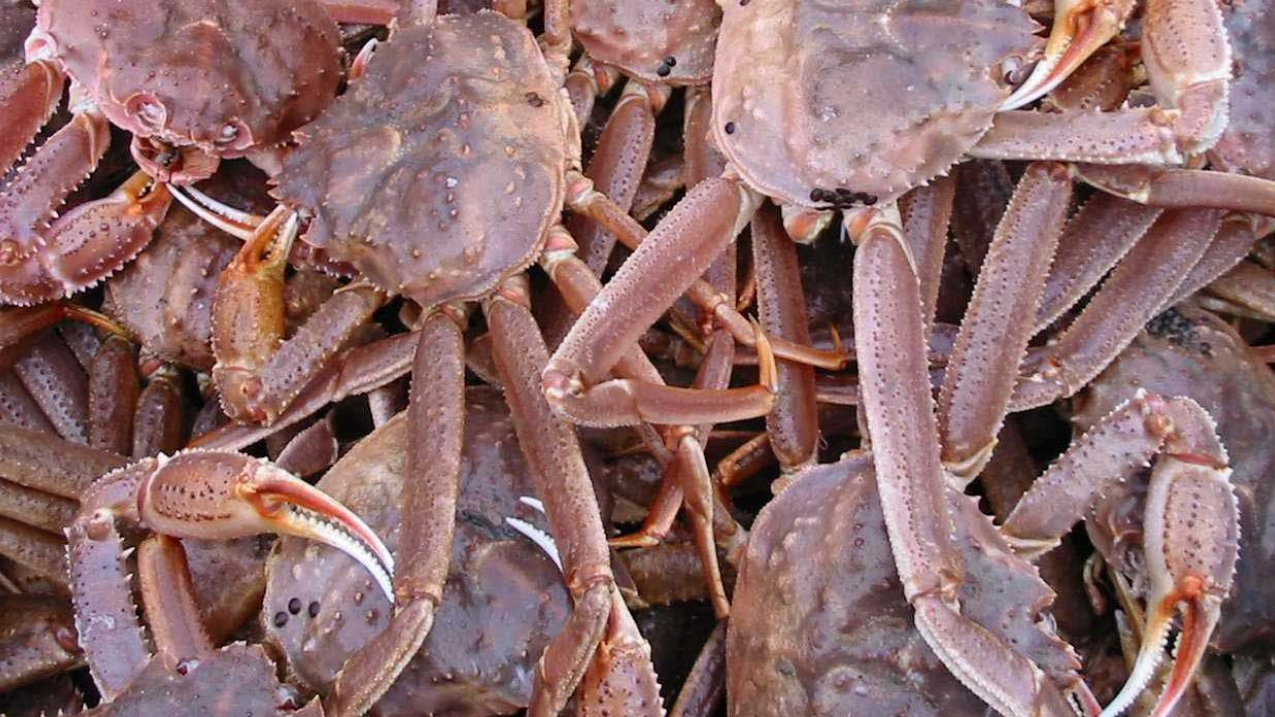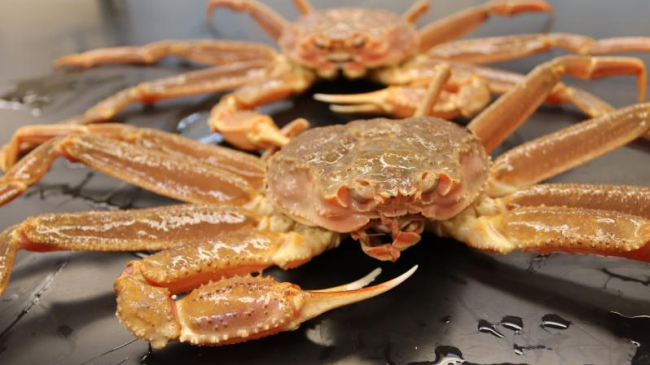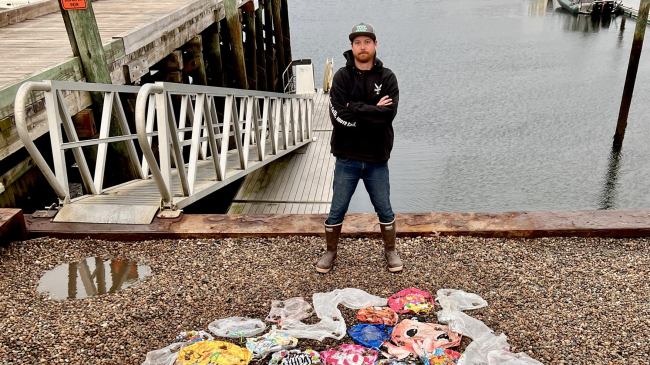Valuable fisheries face greater uncertainty

Freshly caught tanner crabs in Alaska (Image credit: Alaska Department of Fish and Game)
New NOAA Fisheries studies are warning that the future of the Alaskan crab fishery is uncertain--unless the crabs can adapt to a more acidic ocean.
The studies examined the ability of the valuable crab species to adapt to the increasing ocean acidification that comes with higher atmospheric carbon dioxide levels. Like many marine animals with shells, crabs use calcium dissolved in the water to form those shells. The more acidic the water, though, the harder it is for them to take up the mineral. This makes them grow slower, generate softer shells--and also leaves them more likely to be eaten by predators.
But there is some hope. NOAA researchers noted some limited capacity for the crabs to adapt to some levels of acidification during their youth. Sixty percent of U.S. seafood comes from Alaska, including the state’s profitable crab species used in these studies. Read more about what the combined effects of slower growth and higher predation can mean for the adult crab populations that are available for commercial fishing.



